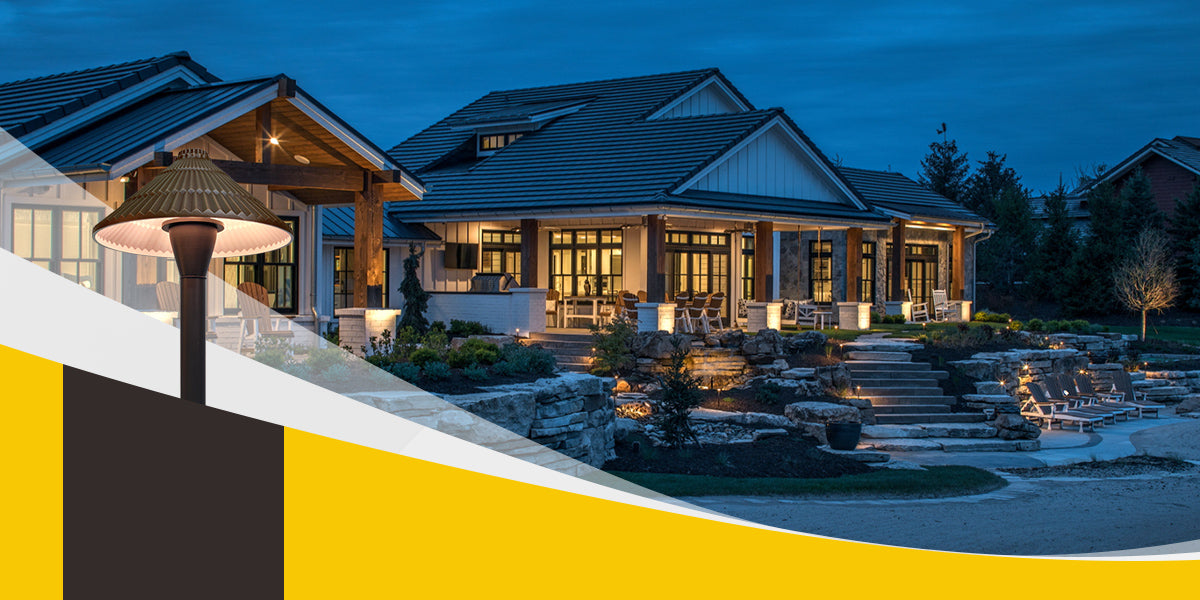Illuminate Your Garden: Discover the Magic of Motion Sensor Lights!
In recent years, motion sensor garden lights have gained immense popularity among homeowners looking to enhance their outdoor spaces. These innovative lighting solutions not only add a touch of elegance to gardens but also offer practical benefits such as energy efficiency, convenience, and enhanced security. Imagine walking through your garden at night, with lights illuminating your path as you approach—this is the magic of motion sensor lights. In this article, we will delve into various types and features of motion sensor garden lights, equipping you with the knowledge needed to make informed purchasing decisions. Whether you’re looking to brighten up a dark pathway or enhance the security of your home, understanding these lights will help you choose the perfect option for your garden.

Understanding Motion Sensor Technology
At the core of motion sensor garden lights is the technology that enables them to detect movement. The most common types of sensors used in these lights are Passive Infrared (PIR) and microwave sensors. PIR sensors detect heat emitted by objects, like humans or animals, while microwave sensors emit waves that bounce back when they encounter movement. Each type has varying detection ranges, with PIR sensors typically effective within a range of 20-30 feet, while microwave sensors can detect motion at greater distances. Choosing the right type of sensor is crucial, as it determines how effectively your lights will cover specific areas in your garden. For instance, if you want to light up a long pathway, a sensor with a broader detection range will be more effective. It's essential to assess your garden's layout and the areas where you need lighting before deciding on a motion sensor type.
Types of Motion Sensor Garden Lights
When it comes to motion sensor garden lights, there are several types available, each with its unique advantages and disadvantages. The primary categories include solar-powered, wired, and battery-operated lights. Solar-powered lights harness the sun's energy, making them an eco-friendly choice. However, they may not be as bright as their wired counterparts, especially on cloudy days. Wired lights, on the other hand, offer reliable brightness but require installation and may involve additional costs for electrical work. Battery-operated lights provide flexibility and ease of installation, but they do require regular battery replacements. Understanding the pros and cons of each type will help you select the option that best suits your needs and garden layout.
Solar-Powered Motion Sensor Lights
Solar-powered motion sensor lights have become increasingly popular due to their cost-effectiveness and low environmental impact. By utilizing solar panels to absorb sunlight during the day, these lights can illuminate your garden at night without relying on electricity. They are ideal for areas with ample sunlight and can be placed in spots where wiring is challenging. However, it's worth noting that their brightness may be affected by cloudy weather or shorter daylight hours during winter. Friends of mine who installed solar lights in their backyard reported significant savings on their energy bills, but they also had to be mindful of positioning the lights for maximum sun exposure.
Wired Motion Sensor Lights
Wired motion sensor lights are known for their reliability and brightness, making them an excellent choice for larger gardens or areas that require higher illumination. These lights are hardwired into your electrical system, providing a constant power source. While installation can be more complex and may require the help of an electrician, the consistent performance and enhanced brightness make them worth considering. They are particularly effective in areas such as driveways or entrances where security is a top priority. I remember a neighbor who installed wired lights around their property, and the difference was remarkable—the added brightness made their garden feel welcoming and secure.
Battery-Operated Motion Sensor Lights
Battery-operated motion sensor lights offer flexibility and ease of installation, making them a popular choice for renters or those who prefer a DIY approach. These lights can be placed virtually anywhere without the need for electrical wiring, allowing for versatile garden layouts. However, users should be prepared for the maintenance aspect, as batteries will need to be replaced periodically. These lights are suitable for areas that may not have consistent access to sunlight or power sources. A friend of mine installed battery-operated lights along her garden path, and while she loved the convenience, she found herself replacing the batteries more frequently than she anticipated.
Key Features to Consider
When selecting motion sensor garden lights, there are several key features to consider to ensure you make the best choice for your needs. Firstly, brightness is measured in lumens; the higher the lumens, the brighter the light. Next, consider the sensor range—the distance at which the motion is detected. Weather resistance is also crucial, especially if you live in an area with harsh weather conditions. Many modern motion sensor lights also offer additional functionalities, such as smart home integration, allowing you to control them remotely via an app. Additionally, features like adjustable sensitivity and timers can enhance the usability of your lights, ensuring they meet your specific requirements. Taking the time to assess these features will help you find the perfect lights to illuminate your garden effectively.
Enhancing Your Garden with Motion Sensor Lighting
In summary, cheap motion sensor garden lights present a fantastic opportunity to enhance your outdoor space while providing security and energy efficiency. By understanding the different types of lights available—solar-powered, wired, and battery-operated—as well as their key features, you can make an informed decision tailored to your garden's specific needs. Remember to consider factors like brightness, sensor range, and weather resistance when shopping. With the right choice, you can transform your garden into a beautifully illuminated oasis that shines brightly, day or night.








